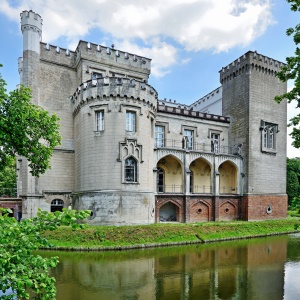Castles & Palaces
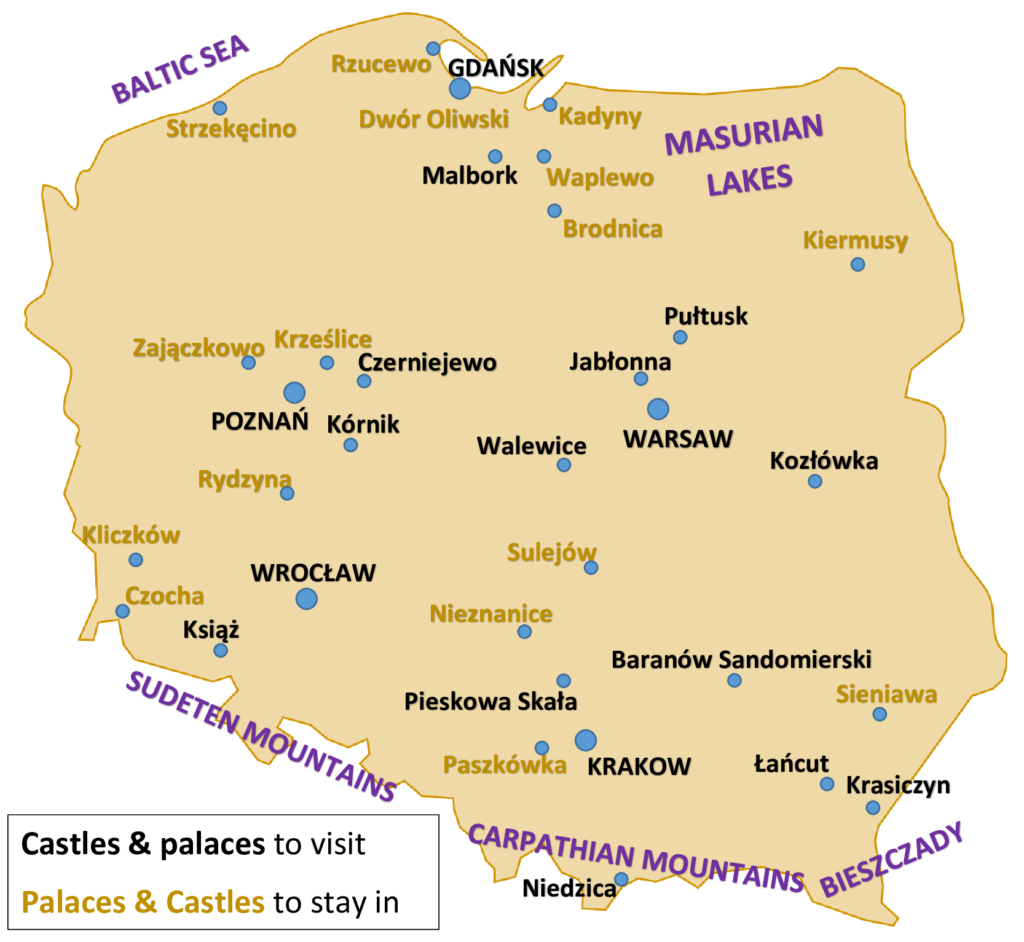
Due to its turbulent history with countless wars, partitions and noble traditions going back hundreds of years, Poland boasts many castles and palaces that are part of our historical heritage. Polish castles including famous Teutonic Order brick castles, medieval strongholds or fairy-tale structures belong to the most impressive in Europe and certainly deserve the attention from anyone visiting the country.
Numerous palaces and residences have been turned into luxury hotels with spa facilities surrounded by beautiful parks suitable for various events and outdoor activities including horse riding, sailing, tennis, golf, bike rides or skiing. Majority of the castles are now homes to museums or other educational institutions.
Below you will find our recommendation of Palaces to stay in and Castles to visit.
To see The Teutonic & Gothic Castles
Palaces and Castles to stay in
Brodnica Palace
Situated near Poznań, was built in the 19th century. The palace is the only place in Poland that belongs to the prestigious Ila network – an exclusive group of independently owned hotels. The palace’s specific atmosphere is due to the fact that it is a private home and the owner receives the guests personally. Accommodation for 24 guests.
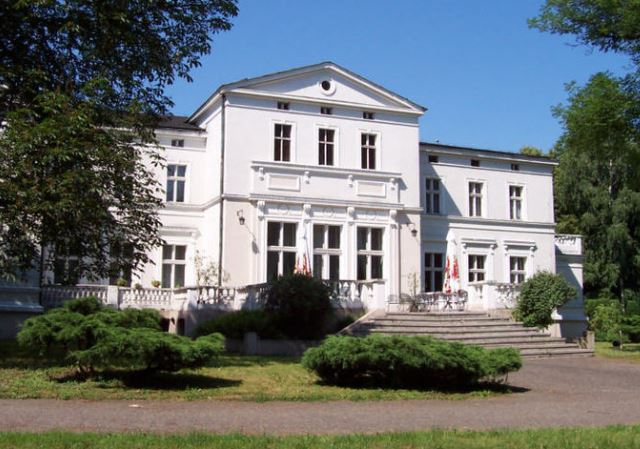
Czocha Castle
50 km from Jelenia Góra, built in the 13th century for King Waclaw II of Bohemia as a defensive barrier for the North. At the beginning of the 15th century, the castle lost its military importance and became a residence for noble families. Now a hotel for 140 guests.

Dwór Oliwski
A 17th century manor, the former family residence of a Gdańsk official located in the centre of the Tri-City Landscape Park. The local microclimate is very pleasant, thanks to the sea breeze and the hills overgrown with trees. Dwór Oliwski, now 5* hotel with 40 rooms, is a Member of the Small Luxury Hotels of the World” association.
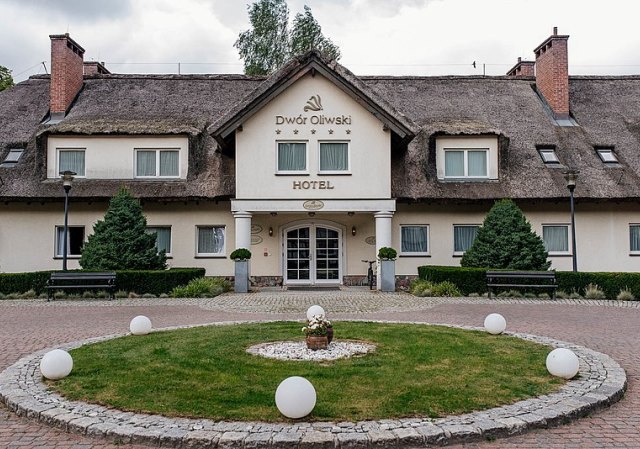
Kadyny Palace
25 km east of Elbląg, at Baltic Coast, built in 1723, later the property of German Kaiser Wilhelm II. Now a hotel with 40 rooms.

Kiermusy
An old style Polish manor house called “The Manor in the Meadow”. Excellent Podlasie cuisine dishes are served, including traditional meat recipes, oven-baked bread and liqueurs. It offers accommodation for 91 guests.
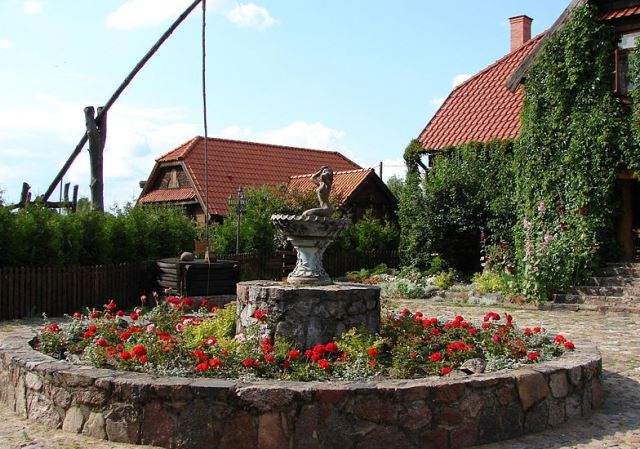
Kliczków Castle
A Neo-Renaissance residence built in the 13th century, surrounded by an old park, 12 km from Bolesławiec, near main international routes. The castle offers 89 rooms.
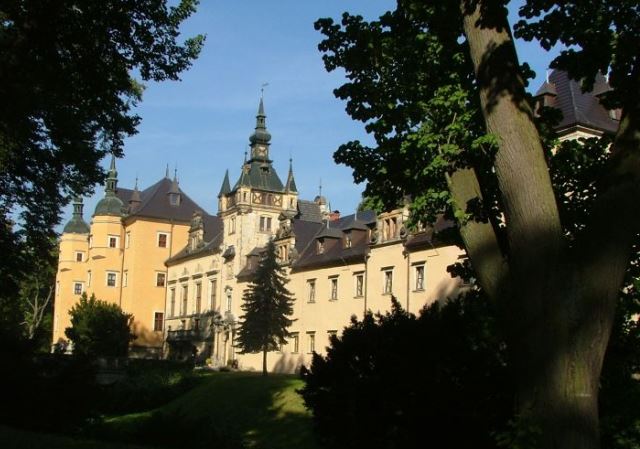
Krasków Palace
One of the most superb Baroque Palaces in Central Europe lies at the foot of the mythical mountain of Ślęża. Now a hotel with 35 rooms.
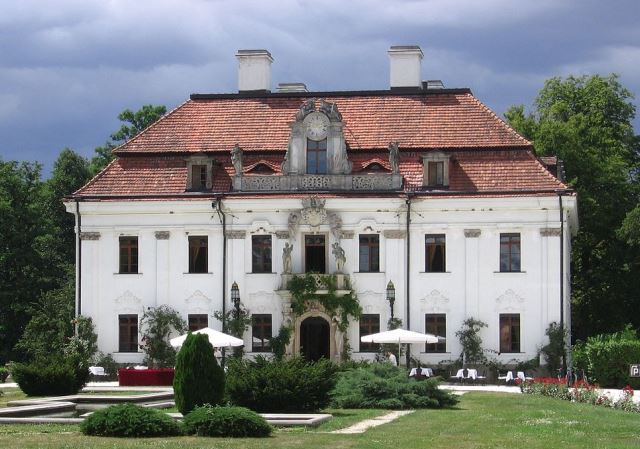
Krześlice Palace
A superb piece of romantic Neo-Gothic architecture. The Palace is situated on the Piast Route, only 30 km east of Poznań. It offers accommodation for 35 guests.

Krobielowice Palace
25 km south-west of Wrocław, built in the 16th century in the site of an old defensive tower. Today it houses a hotel with 22 rooms.
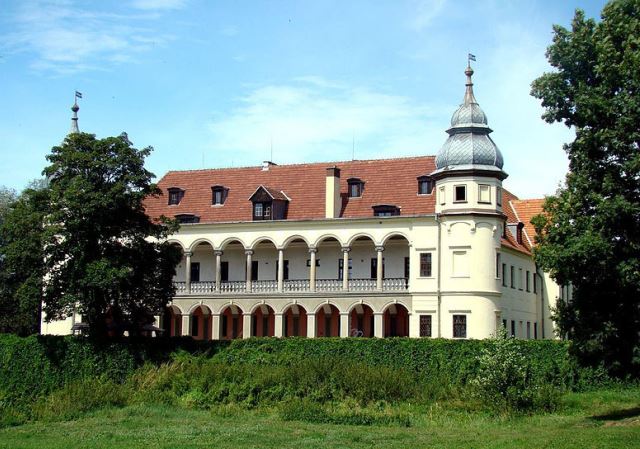
Nieznanice Palace
10 km north-east of Częstochowa is a newly-renovated palace offering spacious rooms with period furniture. The palace is surrounded by a beautifully manicured park. The hotel’s restaurant specialises in French cuisine. Now a hotel with 18 rooms.
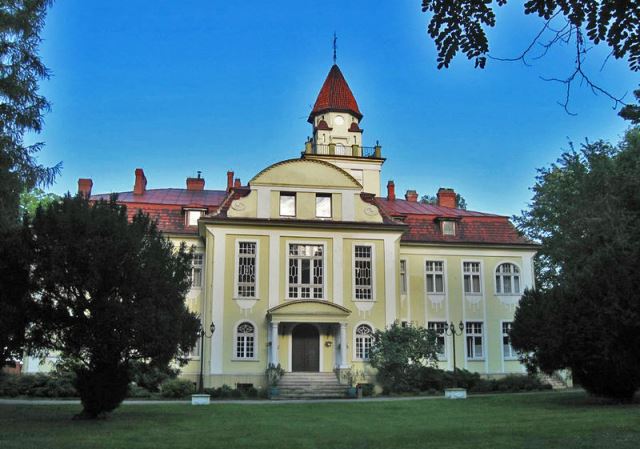
Paszkówka Palace
30 km west of Kraków is an enchanting hotel promising patrons elegance, culture, relaxation and excellent cuisine. It was previously the residence of many Polish noble families. The hotel offers 15 palace chambers and 27 rooms.
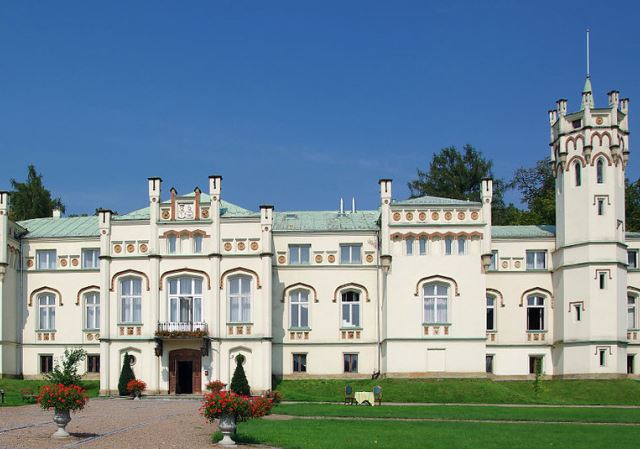
Rydzyna Castle
10 km south-east of Leszno, founded in 1704 on Gothic foundations. It is a pearl of Polish Baroque. All streets of the 18th century town of Rydzyna lead to the castle. The castle has 48 rooms.
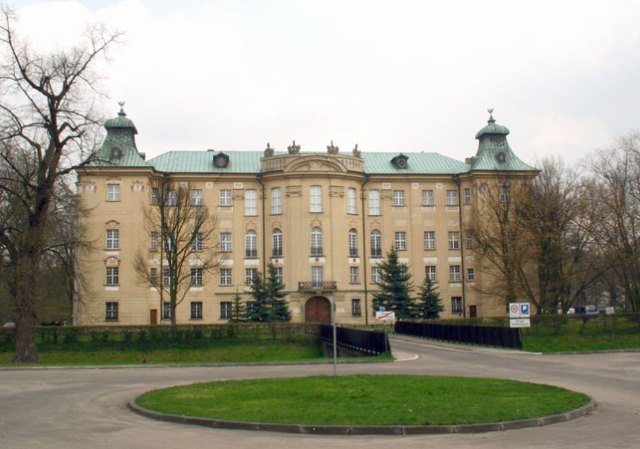
Rzucewo Castle
Jan III Sobieski Castle located on the picturesque cliff shore of Puck Bay, on the Wejhers, Radziwiłłs, Sobieskis lands. The Neo – Gothic image was created by Fredrik Stuler. The hotel offers 26 rooms.
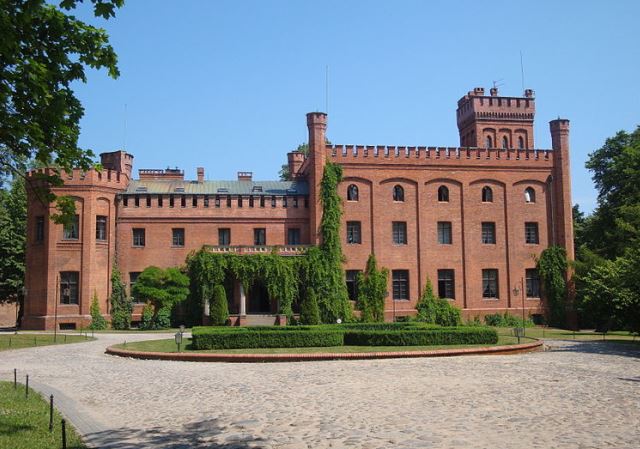
Sieniawa Palace
50 km north-east of Rzeszów, built at the beginning of the 18th century, belonged to the Czartoryski family, one of the most distinguished families in Po- land. Now a hotel with 22 rooms.

Strzekęcino Amber Palace
10 km south of Koszalin, just 20 km from the sandy Baltic Sea coastline, the former residence of the Junker von Kamecke family which retains the spirit of “la belle époque”. It is set in grounds which include an ornamental French garden. Stylishly furnished rooms and beautiful surroundings make this place irresistible. Now a hotel with 67 luxurious rooms.

Sulejów Podklasztorze Cistercian Abbey
15 km east of Piotrków Trybunalski, located on the Pilica River, well preserved fortifications. Built in the 13th century. Accommodation for 100 guests.
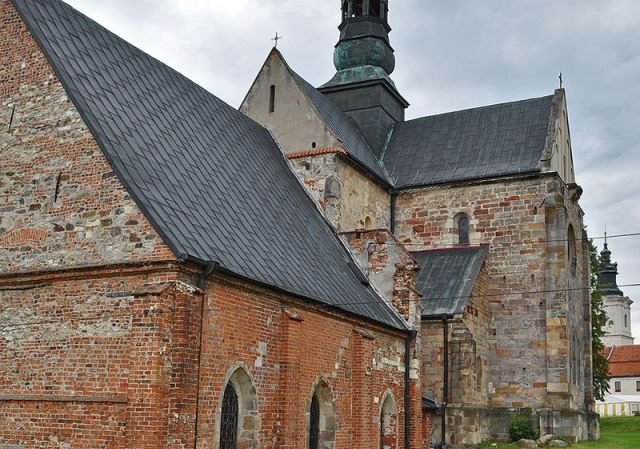
Waplewo Palace
55 km south-west of Elbląg, dates from the 17th to 19th centuries. Frederic Chopin stayed here in 1827 r. It can accommodate 20 guests.
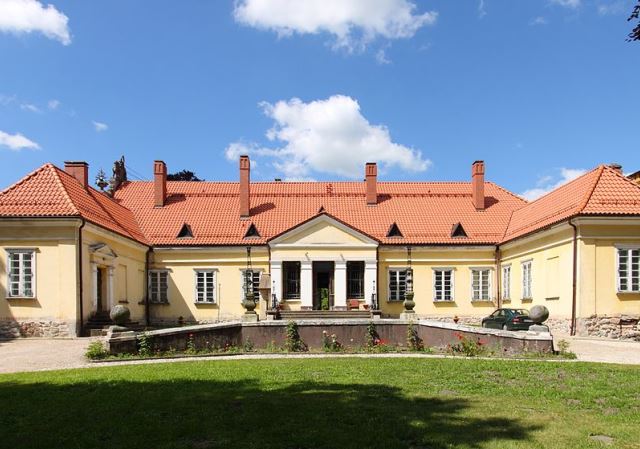
Zajączkowo Palace
50 km north-west of Poznań, built at the end of the 18th century, completely reconstructed in 1910. Located on a peninsula surrounded by Zajączkowskie Lake. The palace can accommodate 90 guests.

Castles and Palaces to visit
Czerniejewo Palace
40 km east of Poznań, a Neoclassical palace surrounded with a Landscape park.

Jabłonna Palace
20 km north-east of Warsaw, built in the 18th century. Rebuilt after the World War II.

Łańcut
Łańcut castle was was originally built in the 16th century.
Reconstructed in the French Baroque style. Surrounded by fortifications and a magnificent park, it houses a museum of interiors, exhibitions of paintings, sculpture, china, tapestries and old furniture.
The Museum of Carriages, consisting of over fifty “britzkas”, chaises, hunter’s – and mail-coaches is what brings many visitors to Łańcut.

Baranów Sandomierski
Baranów Sandomierski castle is one of the grandest residences in Poland.
Many famous artists worked here, including: Santi Gucci and Falconi. Completed in 1602, later rebuilt by Tylman von Gameren, became one of the most beautiful Mannerist residences. Now a hotel with 30 rooms.

Krasiczyn
The construction of Krasiczyn Castle commenced in 1580. Stanislaw Krasicki was the founder. Firstly it served primarily as a military object.
The construction of the castle was supervised by Italian architect while the interior was designed by the artist from Przemysl.
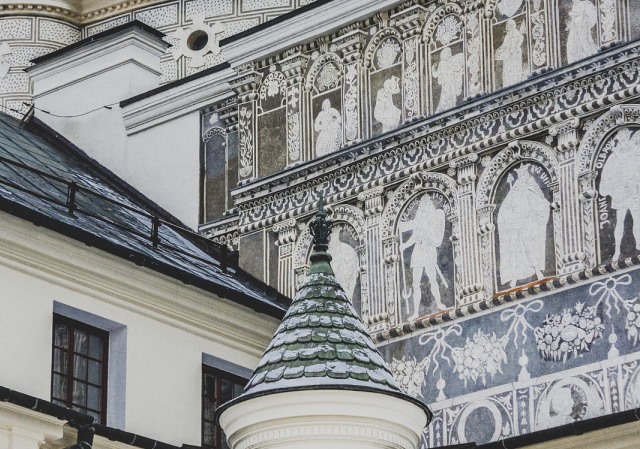
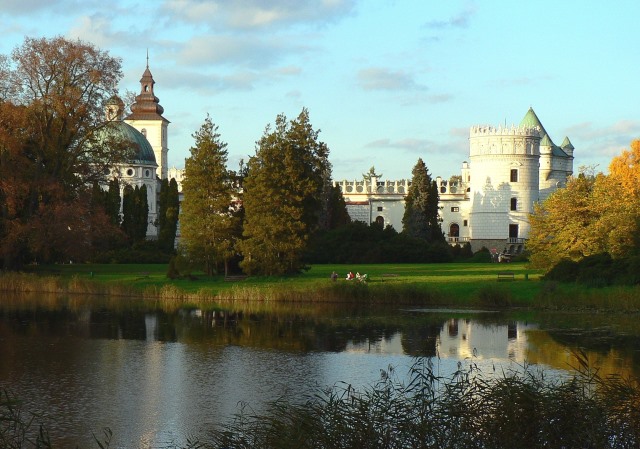
Pieskowa Skała
A Renaissance Castle in Pieskowa Skała, regarded as the most beautiful knights’ castle in Poland.

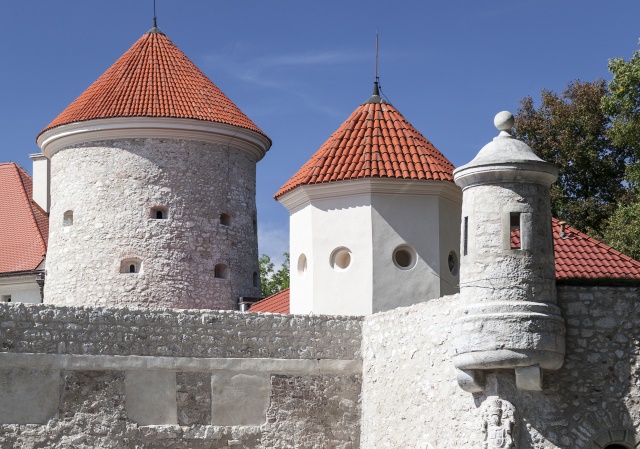
Walewice Palace
22 km west of Łowicz or 105 km from Warsaw, built in Neo-Classical style in the late 18th century.

Kórnik
Drive 20 km south from Poznań to Kórnik: castle built in the 16th century, rebuilt in the 19th century in English Gothic style, former property of Zamoyski family. The castle has a collection of furniture, paintings, sculptures, armour and oriental weaponry. Surrounded by a stylish park dating back to the 16th century, now arboretum with numerous exotic plants.
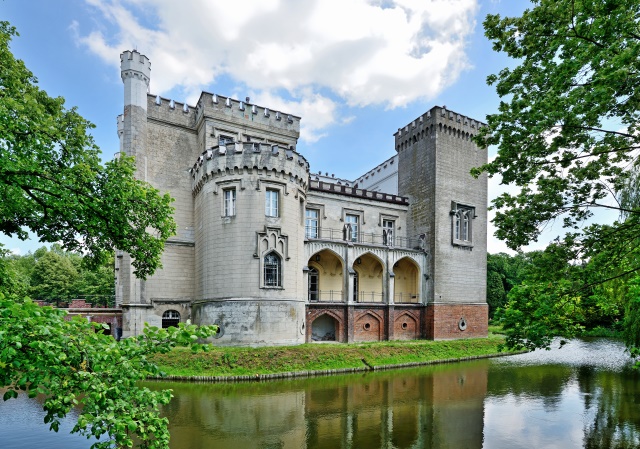
Niedzica Castle
30 km south-west of Nowy Targ, dating back to the 16th century, situated on a hill surrounded by the beautiful Czorsztyn Hills, overlooking Dunajec Gorge in Pieniński National Park.

Pułtusk Castle
60 km north of Warsaw, dating back to the 15th century, situated in splendid park on the edge of the White Forest.

Książ
The pearl of the Lower Silesia and the third largest castle in Poland. Castle was modernized repeatedly and passed from hand to hand until it finally became the property of Hochberg family. During the Second World War the castle was associated with the Project Riese operation in the Owl Mountains. Most of the furnishings were robbed after the war by the Red Army. Besides visiting the rooms of the castle, we can also visit the Castle’s gardens, as well as the nearby castle stables and the palm house of Princess Daisy.
Optional – the Underground Tourist Route. During the Second World War a network of corridors was dug in the rock under the castle (900 meters and reaching 50 meters deep). The one-and-a-half kilometre underground route will intrigue with its variety of geological and historical curiosities. We will be able to discover halls powerfully reinforced with concrete, corridors cut out of the rock face, and the bunker rooms laid out beside them. According to some hypotheses the underground complex under Książ Castle was prepared for Hitler’s new headquarters. According to others, it should have housed a powerful command center for a complex of factories and underground laboratories, engaged in research into new types of weapons.


Kozłówka
The former Zamoyski family residence, founded in the 18th century and expanded at the beginning of this century. Visit to the Baroque garden, the palace with its precious paintings, sculptures and furniture.
The former coach-house holds a collection of 1950’s Socialist Realist art, the optimistic style of propaganda imposed on artists under the Communist regime. The very much unwanted monument to Polish Communist Party leader, Bolesław Bierut which used to grace a Lublin square and another to the Russian firebrand Vladimir Ilych Lenin from Poronin where he was once in exile, have found a final tranquil if mockingly inappropriate resting place here.


